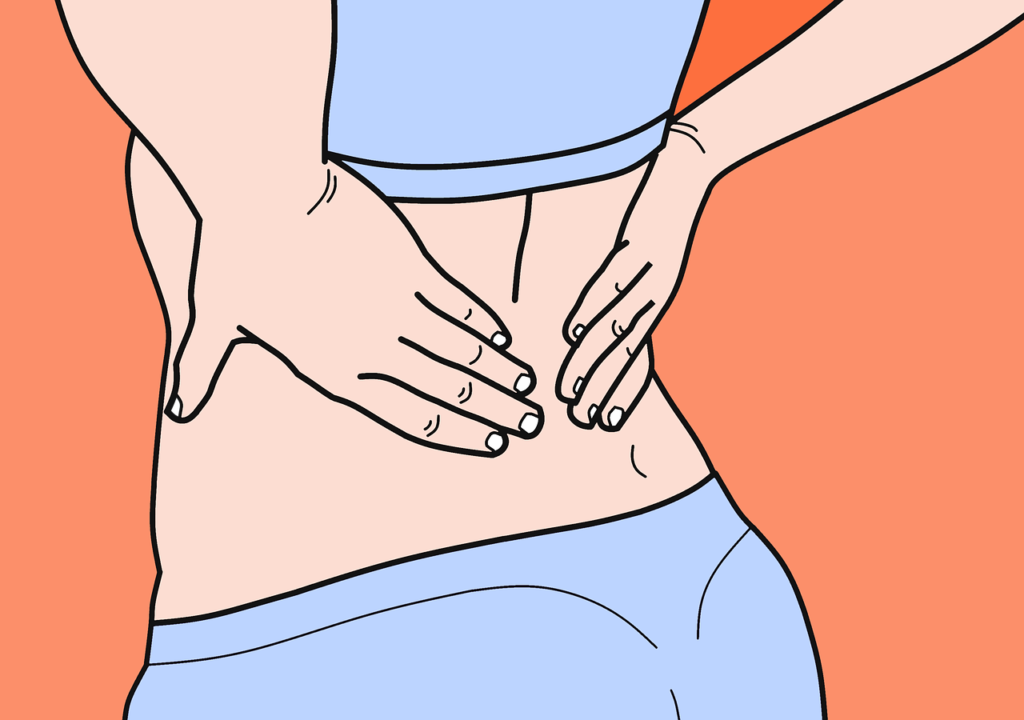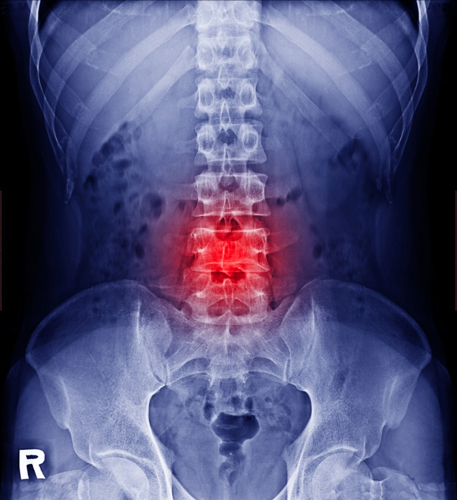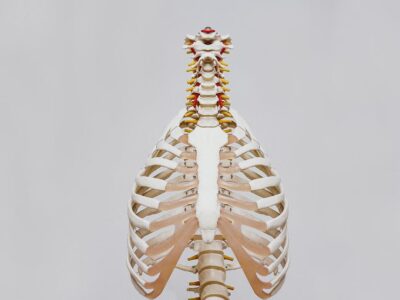Why Your Back Hurts in Your Late 20s
Too many rude awakenings occur in your late 20s, but the worst of all is the truth about your health: It’s declining. Officially at 25, your body stops producing more new cells than are dying off; in other words, your body begins decaying at a more rapid pace, and you are likely to notice some effects. At first, you might observe more severe hangovers, less rapid healing of cuts and bruises and similar somewhat trivial developments in your health. However, eventually, something severe will happen – like your back will start to hurt.
The human spine is one evolutionary mistake after another, leading to premature deterioration that causes stiffness, pain and worse. If you are beginning to experience slight twinges and discomfort in your back in your late 20s, it is likely nothing treatable – you’re just getting old. However, if your back is aching constantly, restricting your movement or the result of a recent trauma or injury, you need to see a doctor as soon as possible. Here are some reasons why your back might be bothering you at a relatively young age:

Infection
Infections cause inflammation, which usually is accompanied by pain. Often, infections travel around the body, causing discomfort in areas not initially associated with the infection. Young adults often engage in unhealthy or unsafe practices that can result in infection that develops into back pain. For example, urinary tract infections begin in the urethra, spread to the bladder and, if left untreated, migrate to the kidneys, which can broadcast the infection as pain in your back.
You likely have an infection if you are experiencing fever, chills, and nausea. The only way to combat an infection is with prescription antibiotics; you cannot expect to drink cranberry juice, eat yogurt or take an Epsom salt bath and find relief for this kind of disease. Infections in your kidneys – or other organs that cause pain in your back- are serious and life-threatening, and you should seek medical help immediately.
Muscle Strain
In a last-ditch effort to maintain a youthful body and energy levels, many late-twenty-somethings start to hit the gym rather aggressively. Unfortunately, throwing weights around without proper training and technique is almost sure to cause injury, especially in delicate and injury-prone regions like the back.
Muscle strain occurs when you cause damage to your muscles or attached tendons. Lifting heavy objects improperly, awkward twisting or turning and even sitting incorrectly for long periods can cause strains in your back. You might be experiencing muscle strains if your pain is dull and achy at all times, if you have bruising or swelling or if your back is stiff and sore to the touch. Usually, rest is enough to heal this pain, but if it persists, you might consider visiting back pain treatment centers near you.

Herniated Disc
Between the boney vertebrae of your spine are rubbery discs that give your back flexibility and longevity. Unfortunately, those discs are as subject to injury as any other tissues and organs in your body. If your muscle strain hasn’t gone away after a day or so, you might have done something serious to your discs – you might have herniated it.
“Hernia” is a medical term that explains bulging tissues; a herniated disc is one that has torn its tough, rubbery exterior, which results in the protrusion of its jelly-like interior. Depending on where in your spine the hernia is, you might have intense arm or leg pain or numbness rather than discomfort in your spine. Additionally, you are likely to have difficulty sitting up, standing and walking.
Identifying a herniated disc is expensive, requiring several imaging machines and tests. You might be able to treat your herniated disc with lifestyle changes, such as weight control and physical therapy. However, there are surgical solutions for extreme cases.
Spondylitis
You’ve likely heard of arthritis – and you likely associate such inflammation of the joints with older adults. However, spondylitis is a type of arthritis that affects the spine, and it can occur at any age. That’s because spondylitis is a type of rheumatoid arthritis, meaning it is a disorder where your body’s immune system attacks the joint tissues around your spine. The result is perpetual pain and stiffness around various parts of your back as well as your hip and shoulder joints. Eventually, the pain could become so severe as to awaken you from sleep.
Spondylitis isn’t common, but it might be a cause of your back pain, especially if you have rheumatoid arthritis in your family. You should talk to a doctor about your experience and consider treatment options for chronic pain sufferers.













